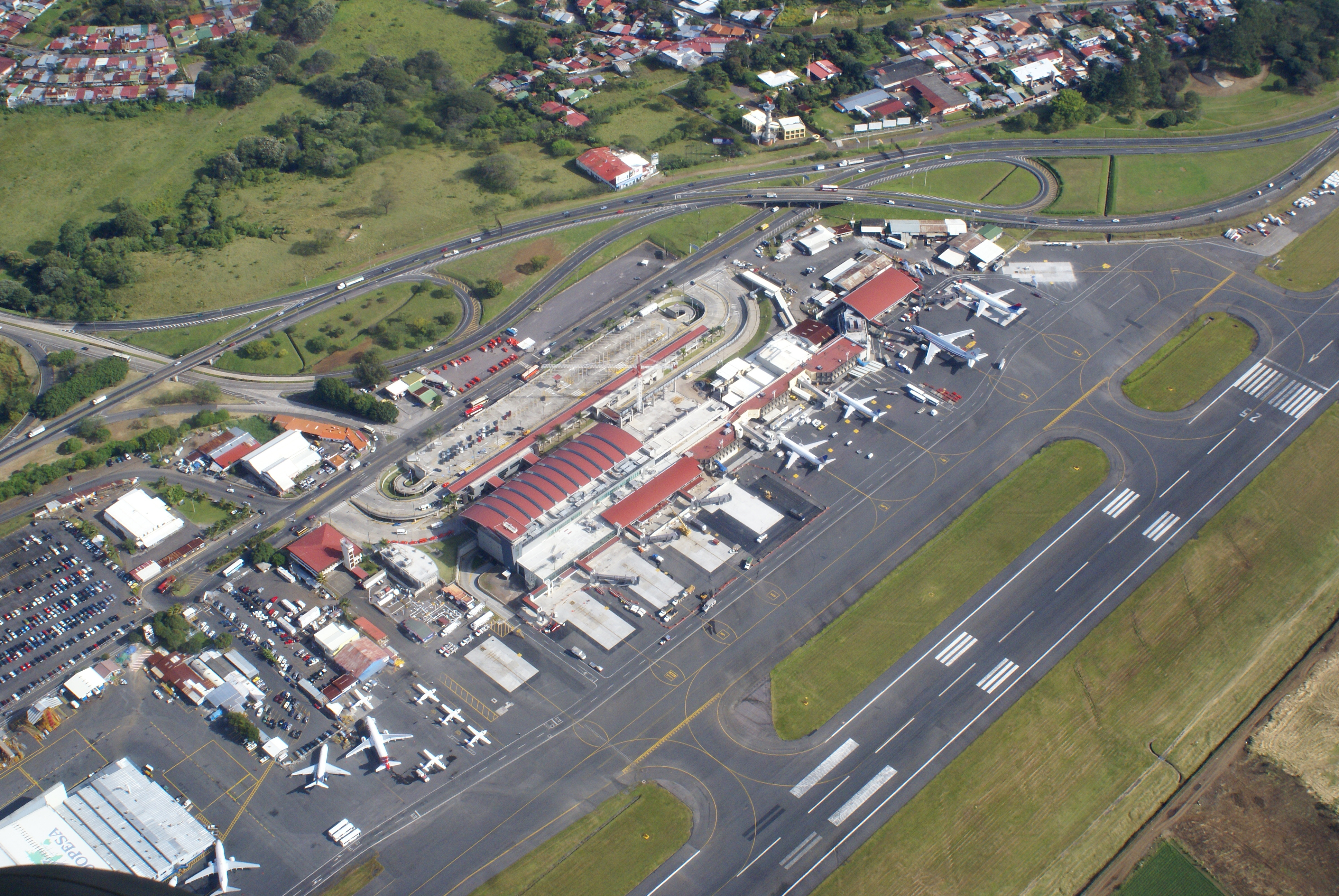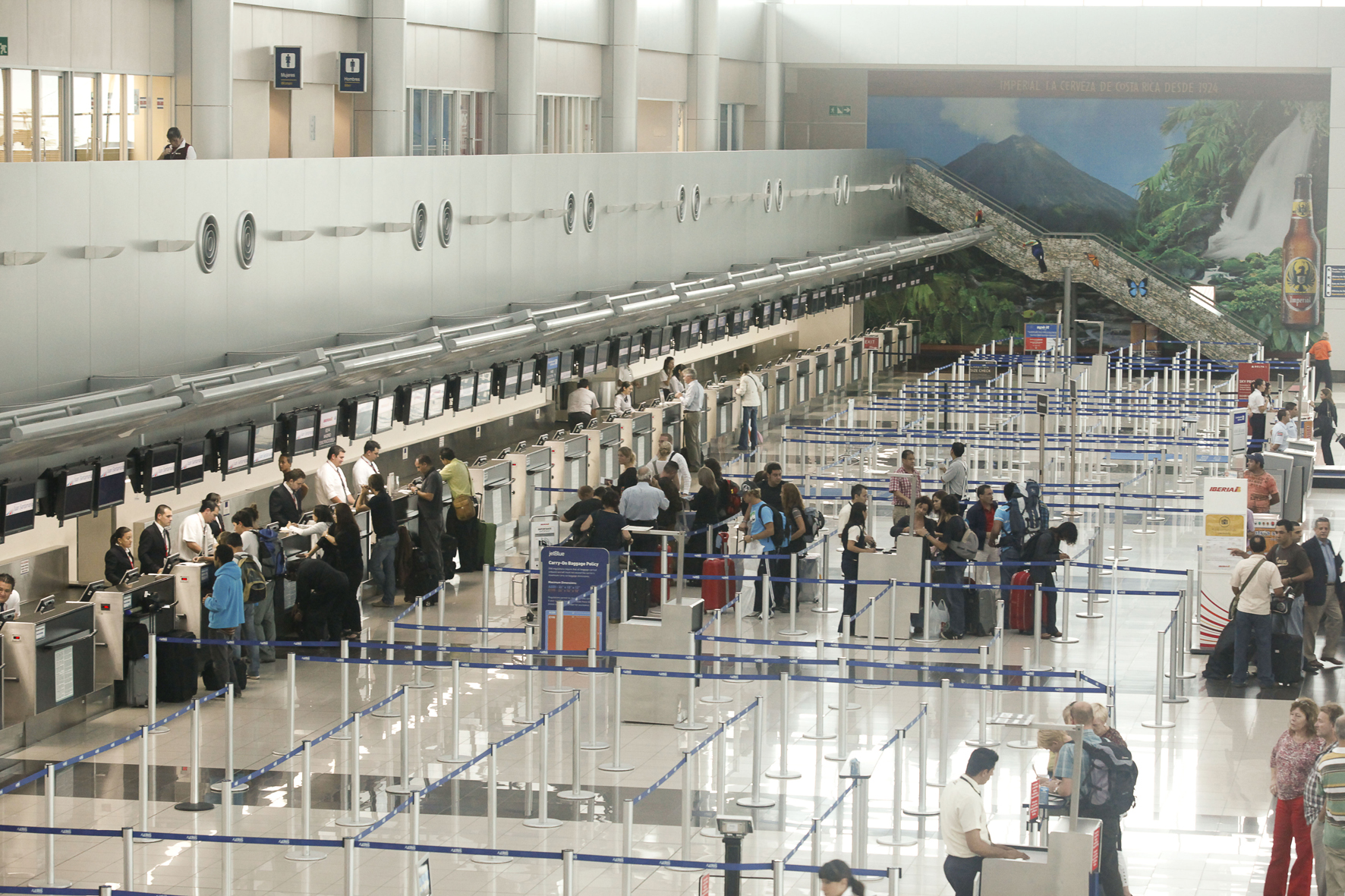Ineco has carried out a study for the Costa Rican Directorate General of Civil Aviation and the ICAO. It will serve as a basis for the development and modernisation of the Central American country’s airport system, and covers a 20-year timeframe.
Costa Rica’s airports network has four international and 37 domestic airports, of both public and private ownership. This plan, based on an analysis and assessment of the current situation, proposes a development strategy for each airport and aerodrome, responding to long-term air traffic demands; it also proposes plans to adapt and develop the network of airport infrastructure. In addition, possible locations for new airports have been analysed.
To maintain the organised functioning of air transport, Costa Rica has the General Civil Aviation Law, which is currently undergoing a new updating process. As a support to this law, the legal regime has various national Regulations about Civil Aviation (RAC), in which the development of airports and other aspects of air transport are regulated.
At the time of conducting the study, all of the airports in Costa Rica collectively recorded a total of 4,700,000 passengers (2008 data). The international traffic depends greatly on the Juan Santamaría Airport, where 86.1% of the operations were recorded. As an entry point to the country, Daniel Oduber Airport is also important, with 9.4% of the international passengers, with its main traffic coming from North America. This region contributes around 60% of the passengers who come to Costa Rica by air. Central America is the second market in terms of importance.
To carry out a comprehensive analysis of the airports, Ineco is drawing up a detailed inventory of each of them. To prepare it, visits have been conducted to all airports, where measurements and photographs have been taken, interviews have been conducted and plan designs have been carried out. With the aim of carrying out a precise diagnosis, five main analysis vectors have been defined to facilitate not only the individual study of each airport, but also the comparison between them.
In this defined strategy, the organisation of traffic in the capital’s airport system acquires special interest. The difficulty of developing the Airport and adapting it to the regulations made it advisable to propose the construction of new airport infrastructure that serves the capital, and, as such, a study of the possible locations was carried out and the zone of Orotinas was selected.
























